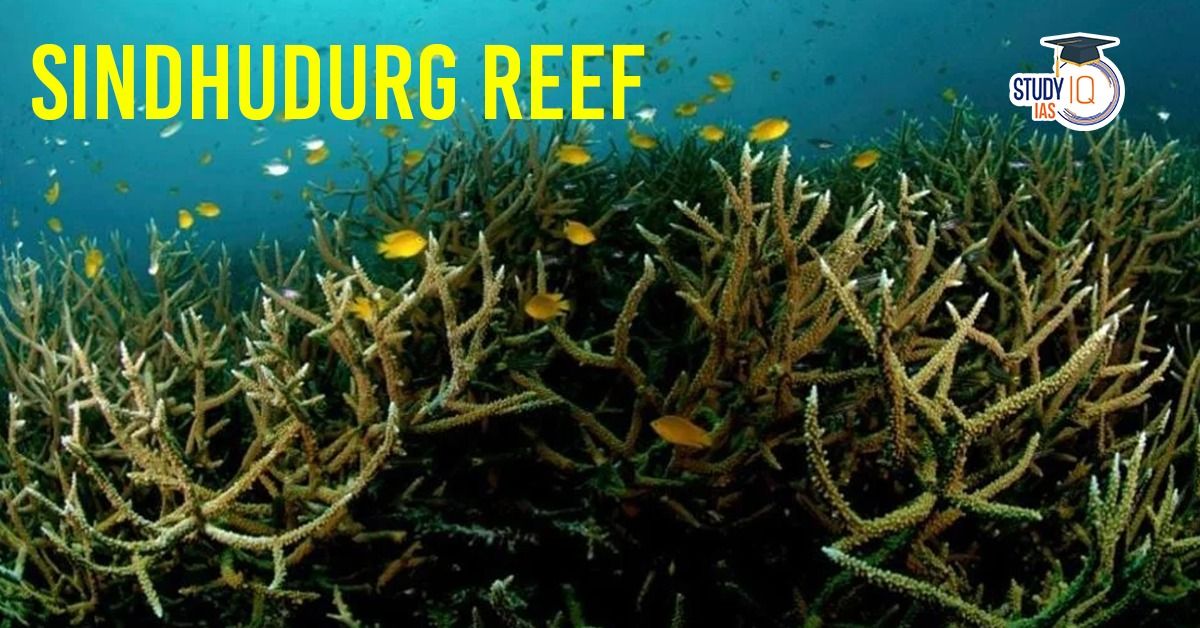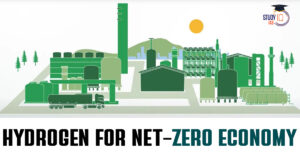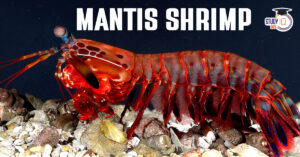Table of Contents
Threats to Corals from Marine Debris
- Physical Damage to Corals: Ghost nets and other debris can entangle coral structures, causing them to break under the weight or movement of the nets.
- Blockage of Sunlight: Plastic debris reduces the amount of sunlight available to corals, which is essential for photosynthesis by symbiotic algae (zooxanthellae) that corals rely on for energy.
- Chemical Leaching: Plastics and other synthetic materials release harmful chemicals into the water, which disrupt coral growth and reproduction.
- Spread of Diseases: Debris acts as a vector for pathogens, increasing the risk of diseases such as coral bleaching and tissue loss syndromes.
- Reduction in Biodiversity: Damage to coral reefs impacts the entire ecosystem, reducing the habitat available for diverse marine organisms.
About Corals
- Corals are calcareous rock-like structures formed from the skeletons of tiny, jelly-like animals called coral polyps.
- Also known as the “rainforests of the sea”- home to more than 25% of all marine life.
- Listed under Schedule -I under Indian Wildlife (Protection) Act, 1972
- Major coral areas of India: Andaman islands & Nicobar islands, Gulf of Mannar, Palk Bay, Lakshadweep and Gulf of Kachchh, Malvan (Maharashtra), Netrani Island (Karnataka).
- Ideal conditions for Coral Growth:
- Tropical waters-between 30°N and 30°S latitudes.
- Ideal Depth: 45 m to 55 m below sea surface, where there is abundant sunlight available.
- Temperature: around 20°C.
- Moderate to low levels of salinity (30–40 parts per 1000) and free from sediments
Other Technologies for Coral Reef Conservation
- Biorock Technology: Involves deploying electrically charged structures to promote coral growth and strengthen existing coral reefs.
- Cryomesh Technology: Involves cryogenically freezing and storing corals, which later can be reintroduced to the wild.
| UPSC PYQ |
| Q. “Biorock technology” is talked about in which one of the following situations? (2022)
(a) Restoration of damaged coral reefs (b) Development of building materials using plant residues (c) Identification of areas for exploration/extraction of shale gas (d) Providing salt licks for wild animals in forests/protected areas Answer: A |


 Hydrogen For Net-Zero Economy, Governmen...
Hydrogen For Net-Zero Economy, Governmen...
 Mantis Shrimp - Latest Research News and...
Mantis Shrimp - Latest Research News and...
 Cheetah Project Steering Committee Key R...
Cheetah Project Steering Committee Key R...





















